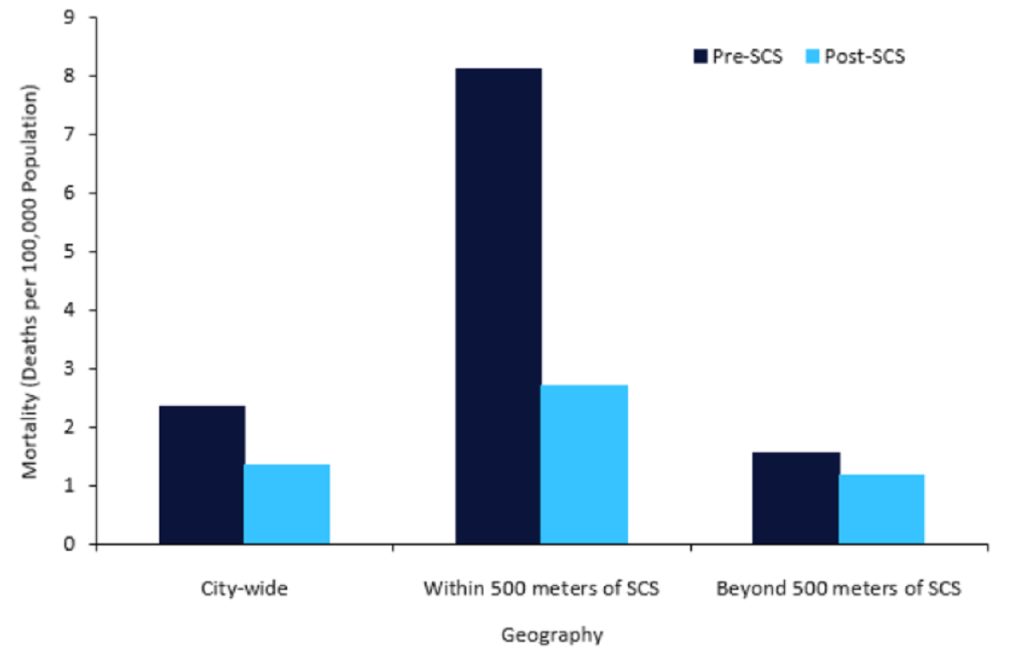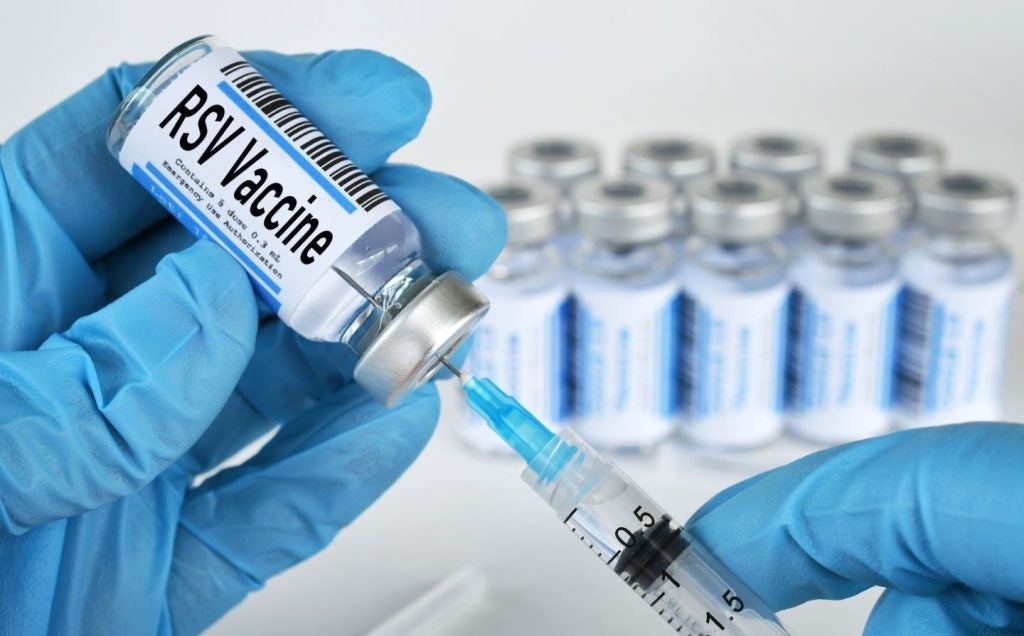
There were numerous articles in May 2018 that covered a wide range of topical issues. Here are five of the best stories you might have missed… (Click the headline to finish reading the story)
GDPR: The Time Has Come
Today, we have woken up to a very different world. The new General Data Protection Regulation (GPDR) will change the way in which data privacy is managed and secured. Over the past few months, various industries made their arrangements for this big moment, creating or modifying current processes and systems. Data controllers (sponsors) are now obligated to implement and follow many very strict requirements aiming at better management of personal data.
Using CDISC SDTM, ADaM and SEND for Regulatory Submissions
It’s a safe bet that most people’s first introduction to CDISC is through the Study Data Tabulation Model (SDTM). This is a content standard that ensures clinical data is submitted in a consistent manner, helping reduce review time and facilitating cross study analysis. Another content standard, the Analysis Data Model (ADaM), aims to perform a similar function for analysis datasets. Likewise the Standard for Exchange of Nonclinical Data (SEND) defines standardized domains for non-clinical data.
Adoption of these standards is driven by regulators, such as FDA and PMDA, who mandate that data must be submitted in these formats.
Disruptive Structural Change in the CRO Landscape
The announced acquisition of Parexel in May 2017 by private equity firm Pamplona Capital Management represents a denouement for the top four market-leading contract clinical research organizations (CROs). Quintiles, Covance, Parexel and PPD have each now experienced a change of ownership. The owners are strategic partners, well-positioned within the broader health care and life sciences arena, and private equity investors with considerable capital and broad life sciences portfolios. In all cases, the acquiring companies are not clinical research insiders.
Sample Tracking Automation: Do I Have Your Consent?
The advancement of sample tracking is becoming so complex that we’ve reached the limit of our use of spreadsheets. Systems that can do such tasks are inevitable. The simplicity of counting the number of samples (how many do I have?) and the simplicity of knowing where the sample is (the “chain-of-custody”) are two very easy components of a sample tracking system.
How well do you really know your competitors?
Access the most comprehensive Company Profiles on the market, powered by GlobalData. Save hours of research. Gain competitive edge.

Thank you!
Your download email will arrive shortly
Not ready to buy yet? Download a free sample
We are confident about the unique quality of our Company Profiles. However, we want you to make the most beneficial decision for your business, so we offer a free sample that you can download by submitting the below form
By GlobalData5 Industry Trends to Impact Clinical Outsourcing
We all love trends; fashion trends, music trends, twitter trends, you name it. In clinical trials it is no different – we love our trends. Be it patient centricity, risk-based monitoring, digitization, adaptive trials or analytics. However, we sometimes fail to see and plan for the impact these trends can have on the way we outsource our work. Below we will look at five of the current biggest clinical trial trends and see how each may impact clinical outsourcing decisions, and potentially create trends of their own.
In case you missed the CTA Outsourcing Week, click here to read exclusive articles delving into the current issues concerning the CRO landscape.
PHOTO CREDIT: Rob Nguyen







